It’s one of the main jobs of the Weapons of Mass Destruction (WMD) Directorate—to imagine worst-case scenarios and then devise ways to prevent and prepare for them. The Directorate was created 10 years ago this month, on July 26, 2006. John Perren, who has served as the WMD Directorate’s assistant director since 2012 and was instrumental in its creation, said his team’s job
read more
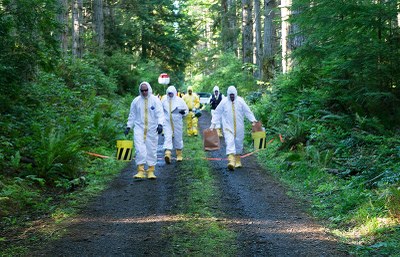
Hospitals and other health care facilities have fallen victim to violent episodes similar to those plaguing many other areas of society. Indeed, given the stressful situations surrounding many health care visits and the lack of resources for behavioral health and substance abuse treatment, such situations are not that surprising.
read more
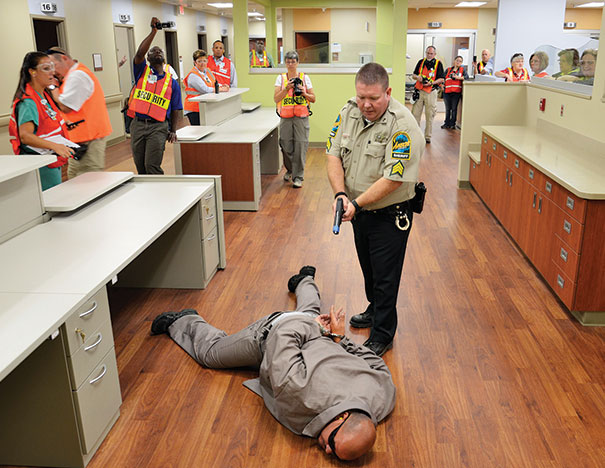
Today, I am announcing that the Transportation Security Administration (TSA) will take additional steps to address the potential insider threat vulnerability at U.S. airports. These steps follow a 90-day Aviation Security Advisory Committee (ASAC) comprehensive review conducted at my request in January 2015. I also asked the ASAC to identify other trends to determine if additional risk-based secur
read more
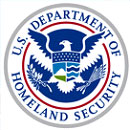
WASHINGTON - In 2013, the Bureau of Labor Statistics reported more than 23,000 significant injuries due to assault at work. More than 70 percent of these assaults were in healthcare and social service settings.
read more
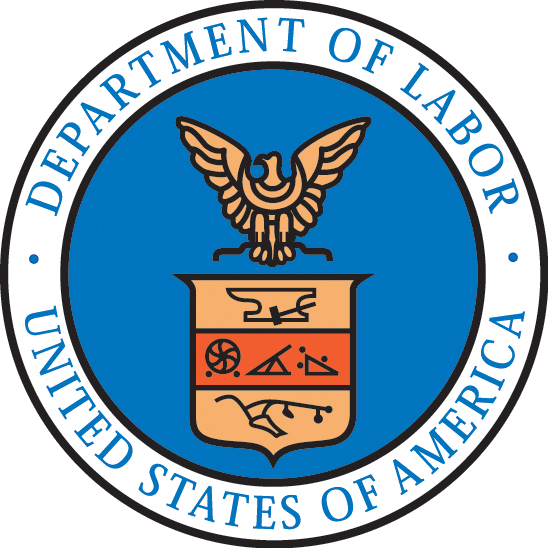
As part of the Homeland Security Act of 2002, Public Law 107-296, Congress enacted several levels of liability protection for providers of anti-terrorism technologies. The SAFETY Act ("the Act") provides incentives for the development and deployment of anti-terrorism technologies by creating a system of "risk management" and a system of "litigation management." The pu
read more
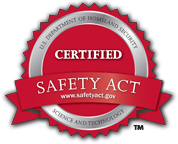
As part of the Homeland Security Act of 2002, Public Law 107-296, Congress enacted several levels of liability protection for providers of anti-terrorism technologies. The SAFETY Act ("the Act") provides incentives for the development and deployment of anti-terrorism technologies by creating a system of "risk management" and a system of "litigation management." The pu
read more
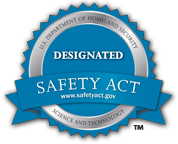
Terrorists have frequently used explosive devices as one of their most common weapons. Terrorists do not have to look far to find out how to make explosive devices; the information is readily available in books and other information sources. Explosive devices can be highly portable, using vehicles and humans as a means of transport. They are easily detonated from remote locations or by suicide bom
read more
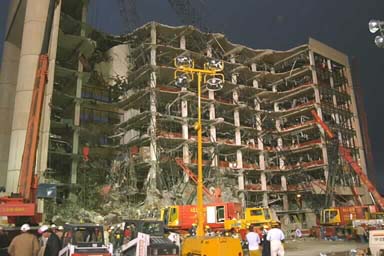
Protecting the American people from terrorist threats is the reason the Department of Homeland Security (DHS) was created, and remains our highest priority. Our vision is a secure and resilient nation that effectively prevents terrorism in ways that preserve our freedome and prosperity.
read more

Chemical agents are poisonous vapors, aerosols, liquids and solids that have toxic effects on people, animals or plants. They can be released by bombs or sprayed from aircraft, boats and vehicles. They can be used as a liquid to create a hazard to people and the environment. Some chemical agents may be odorless and tasteless. They can have an immediate effect (a few seconds to a few minutes) or a
read more

A nuclear blast is an explosion with intense light and heat, a damaging pressure wave, and widespread radioactive material that can contaminate the air, water, and ground surfaces for miles around. A nuclear device can range from a weapon carried by an intercontinental missile launched by a hostile nation or terrorist organization, to a small portable nuclear devise transported by an individual. A
read more
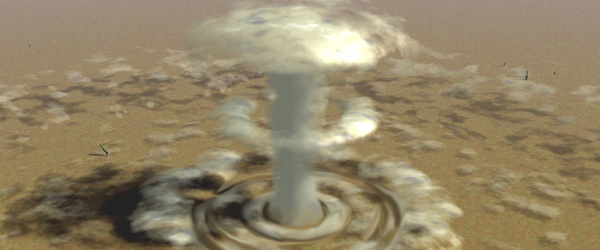
 ARTICLES
ARTICLES 















